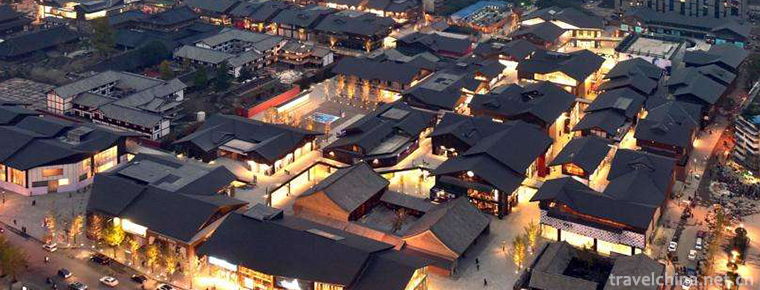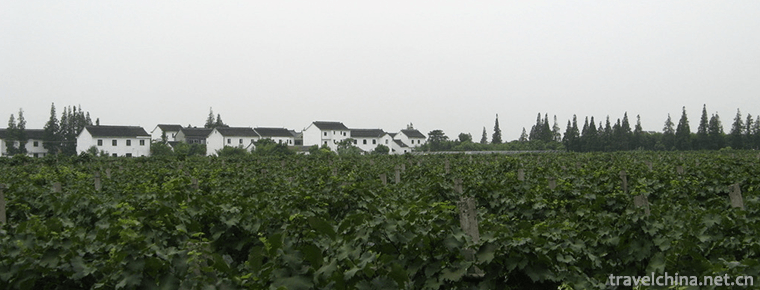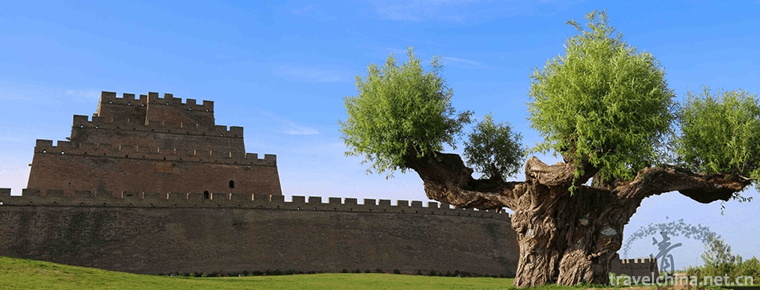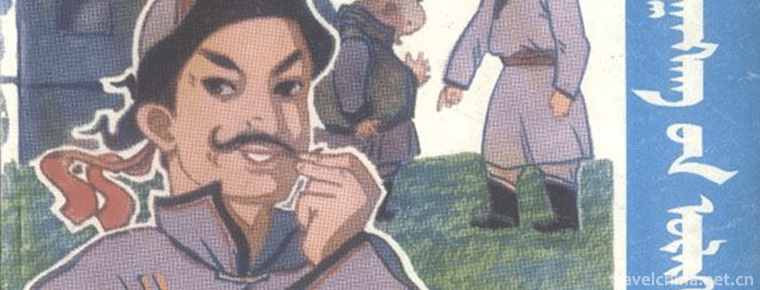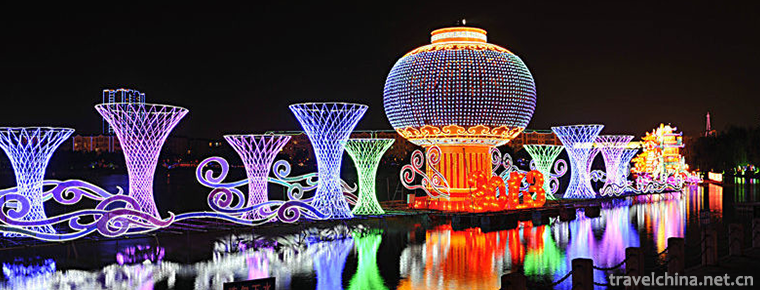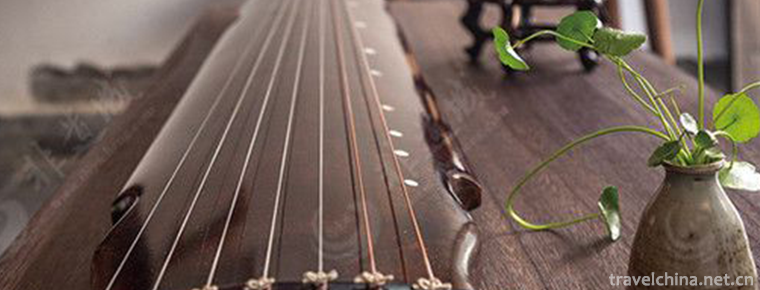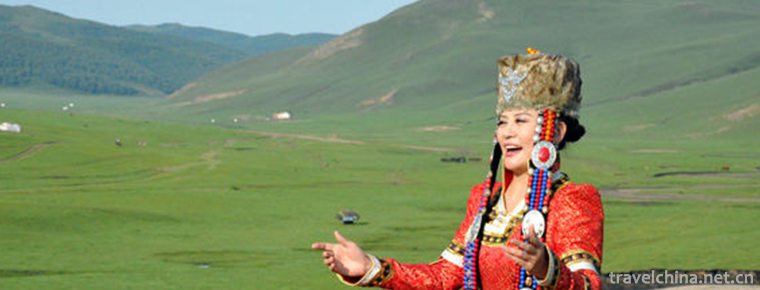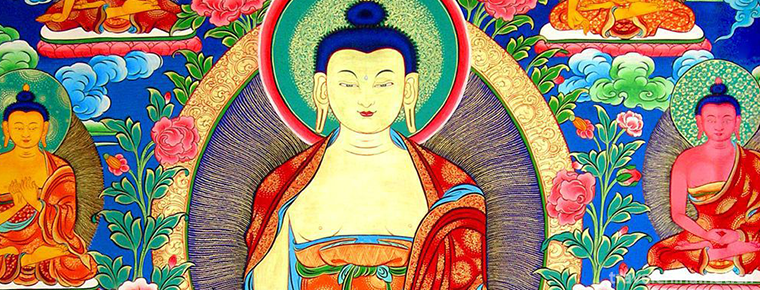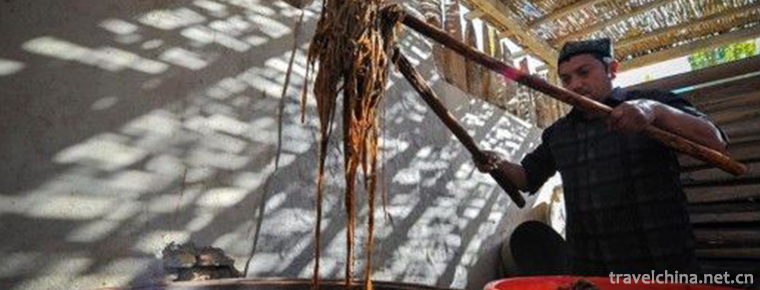Xianguding Scenic Spot
Xianguding, located in the south of Huancui District, Weihai City, is only five kilometers away from the city centre. It is the highest peak in the Northwest Mountain of Wangdao, with an elevation of 375 meters. Weihai and Wendeng are the best places for citizens to enjoy leisure and entertainment. The scenic spots have strange peaks, rocky rocks, tall trees, exotic flowers and grass, deep and quiet, ancient vigor and charming scenery. They are pleasant to climb to extreme peaks. They have a good view of the sea and Liu Gong Island in the east, the whole city in the North and the green mountains in the west. The scenic resort created by strong natural beauty, coupled with magical legends, makes it more beautiful. There are two kinds of inscriptions in the temple in Jingde of the Great Song Dynasty, Han and Liao Dynasties. Zhang Wei of the Great Song Dynasty wrote a temple stele. It is the oldest temple stele found in Weihai area. There are many Temple steles in the former Qing Dynasty, as well as stone cats, stone lions and other cultural relics. On May 29, 2014, at 3 p.m., a fire broke out in Xianguding Scenic Area, Weihai City, located at the eastern end of Jiaodong Peninsula. The fire was extinguished on June 1, and the main scenic spot of Xianguding was unaffected. Tourists can still be visited. Weihai City has organized people to carry out the project of regeneration of volcanic areas. I believe that in the near future, the mountains of Xianguding will reproduce its beautiful scenery.
geographical position
Weihai Xianguding Scenic Spot is located in Weihai City, only five kilometers away from the city center, the highest peak in the Northwest Mountain of Wangdao, 375 meters above sea level.
Main landscape
Qifeng stands tall, rocky, trees towering, full of exotic flowers and plants, quiet and deep, old and vigorous, charming scenery, climbing to the extreme peak, relaxed and happy, looking east at the sea and Liu Gong Island, looking north at the whole city, green mountains and Bohai Bay in the west. The scenic resort created by strong natural beauty, coupled with magical legends, makes it more beautiful.
The main attractions are Wuxing Gate, Sanduo Bridge, Ruyi Lake, Fulu Square, Qiankun Jade Road, Yuxian Palace, Xiangu Temple, Pai Tomb, Juxian Pavilion, Luzu Cave, Xiangu Cave, Stone Pagoda, Big Stone Turtle, Wanghai Pavilion, Longevity Pavilion, etc.
Convenient transportation here is a good place for mountain tours and summer vacation. The climate of birds and flowers is pleasant in spring and summer. The temple has a flourishing fragrance and tourists. During the temple fair, there are tens of thousands of people every day, which is called "holy place" locally. There are two kinds of inscriptions in the temple in Jingde of the Great Song Dynasty, Han and Liao Dynasties. Zhang Wei of the Great Song Dynasty wrote a temple stele. It is the oldest temple stele found in Weihai area. There are many Temple steles in the former Qing Dynasty, as well as stone cats, stone lions and other cultural relics.
Jade culture
Fairy Tales
According to the local elderly, Xiangu used to live on a hill in Lincun, Fengnan. She moved to the top of Weifeng Mountain in order to avoid the naughty children playing noisily there. At that time, beneath the mountain, there lived a large family named Mengbohai. One night, when the family got up at night, they saw the chrysanthemum mules in the barn sweating heavily, and the saddles were ready. They were surprised. They called the Mengbohai Sea to look at them. Sure enough, they saw the chrysanthemum mules panting, just like pulling a truck back with a load. Amazingly, he suddenly remembered that he had dreamed of a fairy lady in plain clothes, with her hair tied up in buns, and a charitable treasure-face, who floated into the house and saluted her, saying that she would move by borrowing a chrysanthemum mule. Mengbohai is a kind and charitable person. Moreover, when she is single and weak, she generously promises and prepares saddles for chrysanthemum mules. With the sound of chrysanthemum mule, Xiangu disappeared. Is this dream true? He was puzzled. Suddenly, there are four ingots in the basket. Fang Juexian's move is really true. The next morning, a new winding mountain road (spread by Xiangu's poker stick) reached the summit of Weifeng Mountain. So, Meng Bohai told his neighbors about the move of the fairy aunt, which soon spread throughout Nanzhuang and Beidou. Under his advocacy, neighbors donated money to build a temple at the top of the peak, called Xiangu Temple. Also according to the appearance of the fairy aunt in the dream, the golden body was shaped and worshipped piously. I prayed that the fairy aunt would bless the wind and rain, and the eight sides would be safe. Since then, there has been an endless stream of people who wish for disaster relief and pray for their sons. The incense has been in full swing and has never faded in the past dynasties. It has been nearly a thousand years since Xiangu moved to Xianding in Shengshan Mountain. However, there is no record of Xiangu's fairy tale. There are different opinions about the surname of Xiangu, such as Guo, Tian, Yue and Meng. It can also be seen that the fairy aunt is from the folk, the embodiment of justice, fraternity, truth, goodness and beauty. The folk regard her as a god of protection, reflecting people's desire for a stable and happy life.
According to Taiping Qinghua, the fairy aunt surnamed Li, Qiongxian, a native of southern Guangdong, drifted away from her childhood, followed my brother Wang to Laoshan to learn Taoism, and moved to Guyu Mountain in southeastern Mouzhou, where she was named a real person (also known as Xiangu). The southeast of Mouzhou mentioned here coincides with Xianguding Ding in Southeast Mouping today.
According to folklore, the fifteenth day of the third month of the lunar calendar is the birthday of Xiangu. Every year from this day, Wangdao Village under Xiangu's top holds a grand mountain meeting on the seventh day to mark the anniversary, which has been handed down to the present day.
Traffic information
Weihai Xianguding Self-driving Route:
1. The Jiangjiazhai overpass goes West to Shanghuanshan Road. Turn left in 20 minutes to half an hour and get to Xianguding
2. Jiangjiazhai overpass down Qingdao Road and go straight. Turn left at Wangdao traffic lights in about 20 minutes, go straight along Hexi Road or Laixi Road, and reach Xianguding in more than 10 minutes.
3. Turn right at the entrance of the railway station and go straight for 500 meters to Huaxia Road. Go ahead for 5 minutes to Huanshan Road and about 10 minutes to Xianguding.
Weihai Xianguding bus route:
Take No. 27 bus to the terminal at the Golden Mo
Reconstruction began in 2006 and the park opened on April 28, 2010. During this period, more than 400 million yuan was invested in the construction of gardens, more than 2600 tons of fine jade materials and more than 1000 fine-carved jade statues. They are a world of exquisite jade carvings. There are more than 300 tons of jade fairy statues and other nine top jade carvings in the world: the first jade longevity star in the world, the first jade Fuxing star in the world, the first jade Luxing star in the world and the first jade bridge in the world. It is the first jade scenic spot in the world.










-
Qingxiushan scenic spot
Qingxiushan Scenic Area is a national AAAAA scenic spot in Nanning. Qingxiu Mountain is a key scenic spot in Nanning. In addition to protecting and restoring the original historic sites such as Dong Q.
Views: 150 Time 2018-12-12 -
Chengdu Maoye JW Marriott Hotel
Chengdu Maoye JW Marriott Hotel is located in Tianfu Square, the heartland of Chengdu. It is about 30 minutes'drive from Chengdu Shuangliu International Airport to the hotel, opening the extraordinary.
Views: 225 Time 2018-12-16 -
Malu Grape Theme Park
Malu Grape Theme Park is located in Malu Town, Jiading District, Shanghai. It is a grape industry base and agricultural tourism demonstration site that integrates grape planting, production, scientifi.
Views: 116 Time 2019-02-06 -
Zhangye Great Buddhist Temple
The Great Buddha Temple was built in the first year of Yongan, Xia Dynasty (1098), formerly known as the Kaye Tathagata Temple, in the ninth year of Yongle, Ming Dynasty (1411), and in the seventeenth.
Views: 171 Time 2019-03-16 -
Zhen Bei Tai
Zhenbeitai, World Heritage Site, National Key Cultural Relics Protection Unit. It is located on the top of Hongshan Mountain, 4 kilometers north of Yulin City, a famous national historical and cultura.
Views: 227 Time 2019-03-17 -
The Story of Barragan
Stories of witty figures of the Mongolian people in China. Long-term spread in Inner Mongolia, Xinjiang and other Mongolian areas. The protagonist Balagan Cang is the representative of the working peo.
Views: 231 Time 2019-04-02 -
Exhibit of lanterns
The Lantern Festival is an ancient folk culture in China. It generally refers to the large-scale lighting exhibition held by the government around the Spring Festival and the Lantern Festival.
Views: 165 Time 2019-04-26 -
Guqin art
Guqin art is embodied as a solo art form of flat stringed instruments. It also includes both singing and playing, as well as the ensemble of piano and xiao..
Views: 90 Time 2019-05-01 -
Hui folk instrumental music
Hui folk instrumental music is a long-term life practice and cultural activities of the Hui people in Ningxia, inheriting ancient instruments of Ningxia and northwest frontier fortress instruments and.
Views: 168 Time 2019-05-04 -
Mongolian Long tune Folk Songs
Mongolian long-tune Mongolian is called "Uri Tudao", which means long song. It is characterized by fewer words, long-lasting, soothing and free, suitable for narration, and longer lyric. .
Views: 193 Time 2019-06-04 -
regong art
Regong art is an important part of Tibetan Buddhist art in China and a school with wide influence. It originated in Longwu River Basin in Tongren County, Huangnan Tibetan Autonomous Prefecture, Qingha.
Views: 354 Time 2019-06-11 -
Uygur Mulberry Paper Making Skills
Uygur mulberry paper takes mulberry branch endothelium as raw material, mulberry branch endothelium is sticky, smooth and delicate, easy to process, after exploitation, soaking, pot boiling, pounding,.
Views: 133 Time 2019-06-28

